What is Hydrostatic Head?
Mar 16, 2020
What is Hydrostatic Head?
Hydrostatic Head (HH) is a way of measuring how waterproof a fabric is. The resulting measurement in millimetres relates to how high a column of water standing on the fabric would need to be before the water would penetrate the fabric.
For the best fabrics results can be as high as 30,000mm, i.e. 30 metres high, before it would penetrate the fabric.
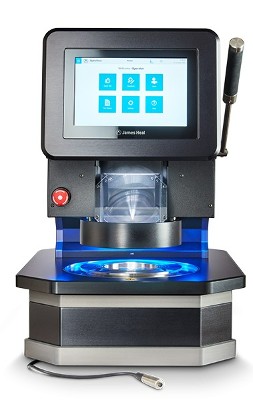
Traditionally the test is carried out using a physical column of water but as fabrics have developed the ratings were getting too high for this method.
Having the facilities to hold a 30 metre high water column is a bit unrealistic even for scientific test centres, therefore the test is done using a machine that replicates the downward pressure that a water column of such height would create.
The machine increases the pressure of water that is pushed against the fabric until water is visible on the other side. The required level of pressure used to force water through the fabric is then converted into a measurement of how high the water column would have been. This provides the result of the Hydrostatic Head test in millimetres.
Hydrostatic Head and Tents
In order for a tent to resist light showers the HH needs to be around 1000mm, heavy rain and driving wind will create more pressure on the fabric and require a higher HH - typically 2000mm.
Anything above these figures and the tent will keep out water being pushed through by something physical, like a person leaning on it.
A groundsheet needs to have a higher HH figure because of the pressure of people pressing down on it, and should be around 3000mm or higher ideally.
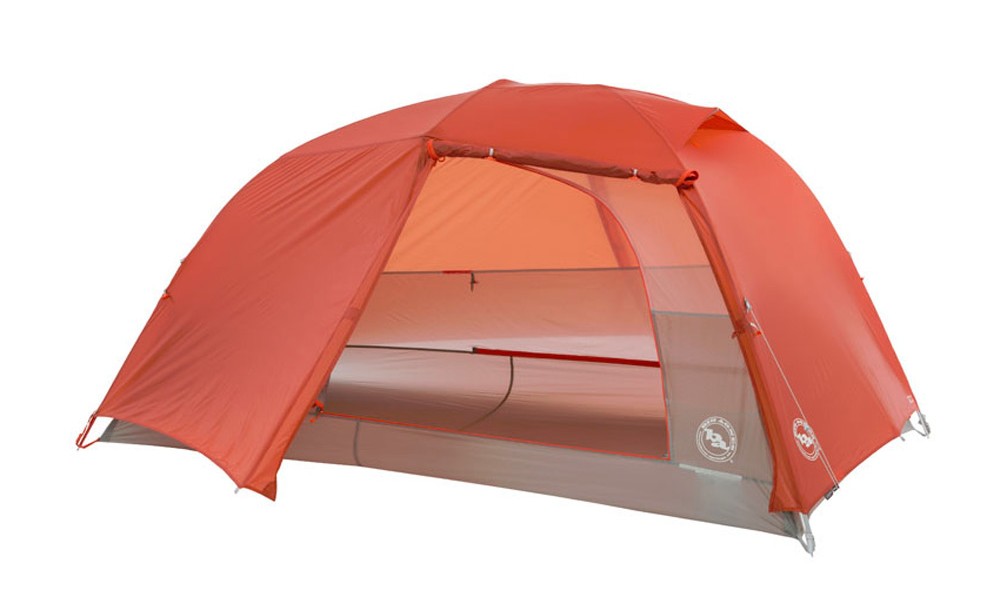
Ultralight tents use cutting edge fabrics that are super lightweight and brands like Big Agnes use fabrics with a HH of 1200mm in order to ensure the overall weight of the tent is at a minimum. Big Agnes Copper Spur's are rated to this figure and are proven at keeping out heavy rain.
A tent's ability to keep water out is also dependent on the quality of the seams and whether they are taped, as they are on most quality tents.
Hydrostatic Head and Waterproof Jackets
In the UK manufacturers are allowed to claim a fabric is waterproof if the HH is 1500mm but most waterproof jackets exceed this comfortably and figures of 10,000 to 30,000mm are not uncommon. Fabric for use in garments require higher levels of waterproofing because garments are subjected not only to driving rain but also to pressure applied by straps and hipbelts of rucksacks.
Superlightweight waterproofs will have HH rating at the lower end because that is a consequence of having a lower Denier weave and lighter waterproof coatings.

A general purpose midweight jacket will probably be around the 20,000mm HH and this is a great rating that will keep you dry in all conditions. Heavier jackets will go up to 30,000mm but some argue this is not necessary as it will reduce the jackets ability to 'breathe'.
Of course the quality of the seams and to an extent the jacket's design will also affect whether you are going to get wet, taped seams are the norm and are waterproof, but hood design can affect how much water gets in on a long wet day in the hills.
Breathability is the other area to consider when buying a shell jacket, wearing a waterproof jacket for a long time while hiking will mean you will generate condensation inside it, this can get you as wet as the rain, though less so if the jacket is highly 'breathable'. This is discussed more in our MVTR post.
Gore-Tex in Particular
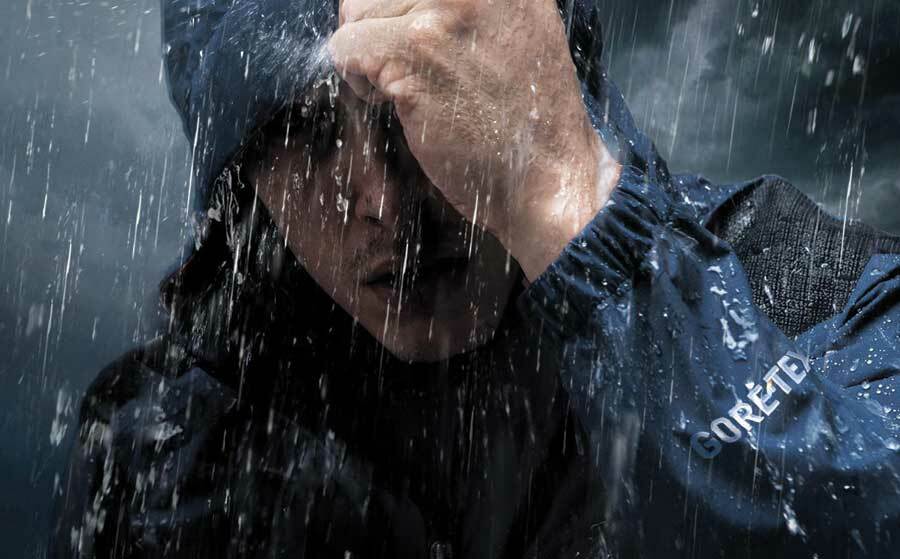
Gore-Tex were the first company to bring to market a 'Breathable', Waterproof fabric and they are still the market leader.
They have always resisted requests to quote Hydrostaic Head for their fabrics, or MVTR, which is a measure of how much a fabric 'breathes'. Their reasoning is that they have their own ways of testing their fabrics and their methods are leading edge.
In any case they also have their 'Guarranteed to keep you Dry' policy which should reassure potential customers - its has done for years.
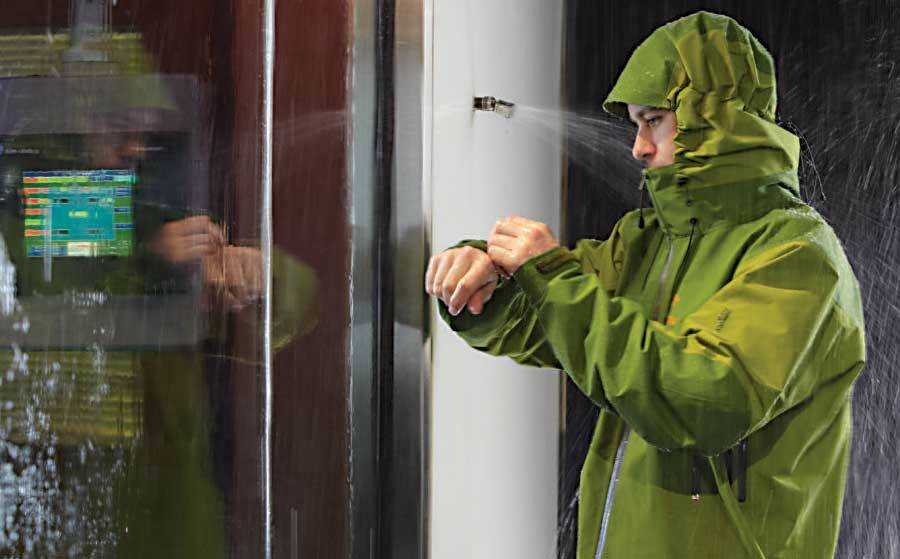
Hydrostatic Head and Other Products
Tarps, bivy bags, rucksack covers, drybags etc, anything designed to keep you or your gear dry would benefit from having the Hydrostatic Head published to help us understand the level of protection we can expect.
If I was buying a tarp I'd be happy with a very low hydrostatic head so long as it was above 10,000mm as I know thats the only way to get a really lightweight one.
If I was buying an ultralight groundsheet I'd be personally looking for more than this as I know there's going to be pressure on it.
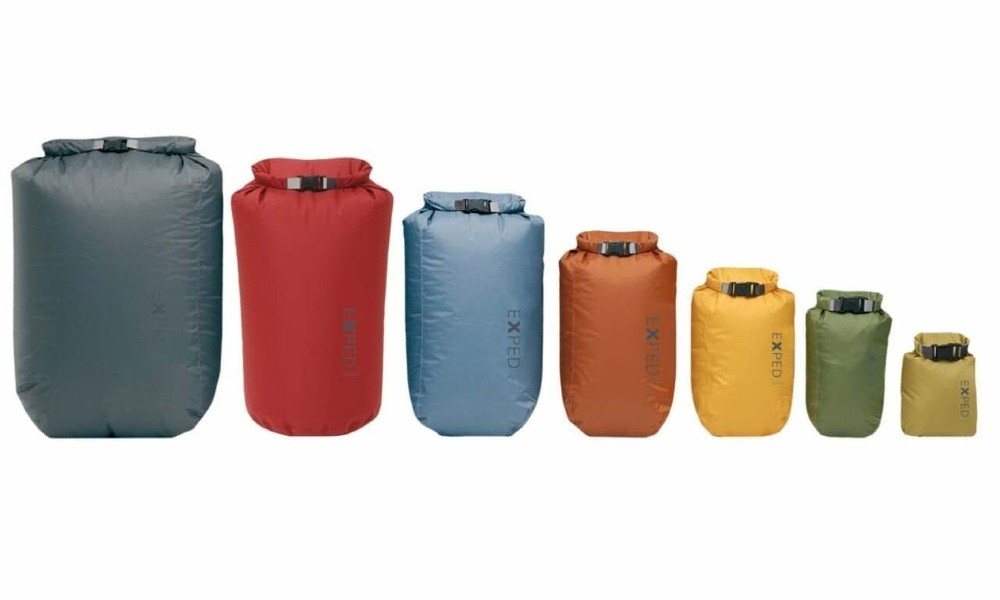
With Drybags I usually buy the lightest available, even though they have generally low hydrostatic heads I know they won't be under any pressure.
I recently went sea kayaking, so I bought a few heavier duty ones with a higher HH rating because I knew they would get a lot of 'wear' getting them in and out of hatches.
Similarly I use heavier drybags for winter use because the consequences of a failure to keep gear dry are a bit more severe.
Related Posts:
Hydrostatic Head (HH) is a way of measuring how waterproof a fabric is. The resulting measurement in millimetres relates to how high a column of water standing on the fabric would need to be before the water would penetrate the fabric. For the best fabrics results can be as high as 30,000mm, i.e. 30 metres high, before it would penetrate the fabric.
